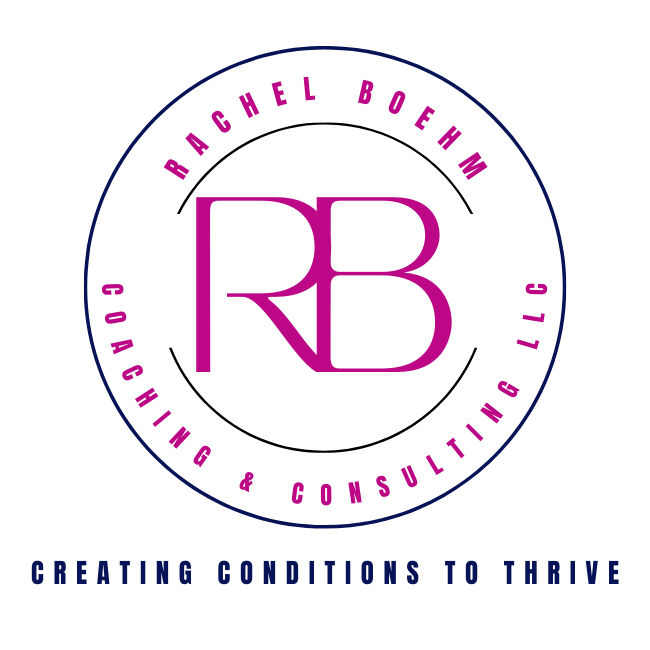Spring Clean: Your Kitchen
Shaping your path is a must when trying to change your ways. The phrase “shape the path” comes from Chip and Dan Heath’s book How to Change When Change is Hard. The path is your environment. And right now, we’re talking about your kitchen.
If you’re like most people, you unknowingly have your kitchen set up to work against you and your healthy eating goals. Spring Clean fever is a great time to change that. Here are a few tweaks to make:
1) Take Inventory: Look at your fridge, freezer, and pantry. What’s in there? Take inventory of everything and categorize each item as a red, yellow, or green food.
🔴Red foods are the foods you “have no willpower over”. They’re the foods that once open, you can’t stop eating. AND the foods that are highly-processed, highly-palatable, “junk” foods. The foods that do not support your nutrition goals.
🟢Green foods are the foods that support your nutrition goals and that you enjoy eating. The foods that you have a healthy relationship with.
🟡Yellow foods are in between. They’re not the healthiest perhaps but you have some restraint. They don’t speak to you in the middle of the night. Or they’re healthy and you eat them, but they aren’t your absolute favorites. ‘
2) Location Location Location: Where do your red, yellow, and green foods currently reside? Rearrange your fridge, freezer, and pantry so that your green foods are front and center. The yellow foods are within range but not immediately available. The red foods you’re best to toss out. If you just absolutely can’t bring yourself to do that, put some distance between you and the item. For example, throw them on the top shelf, in the back so you have to get a step ladder to access them. Out of sight, out of mind, off the scale.
Check out your counters too. Do you keep candy dishes around? What snacks are sitting out to tempt you as you pass through the kitchen? Swap those for fruits and veggies. Or nothing at all.
3) Clear the Clutter: When your environment is filled with clutter, you eat more. Move the junk drawer, mail, newspapers, coupon clippings, and other items that tend to pile up in the kitchen out of the kitchen.
4) Size Matters: How big are your plates, bowls, and mugs? Eating off smaller plates, drinking from smaller mugs/glasses will help you consume less.
5) Light it Up: There’s a reason restaurants are dimly lit. It’s in part so that you will eat more. One study found that diners ordered nearly 39% more calories in dim lighting than those seated in brightly lit restaurants. Whether eating out or inside your home, keep your eating space bright. You will feel more alert and consume less.
References:
Biswas, D., Szocs, C., Chacko, R., & Wansink, B. (2017). Shining Light on Atmospherics: How Ambient Light Influences Food Choices. Journal of Marketing Research, 54(1), 111–123. https://doi.org/10.1509/jmr.14.0115
Andrews, R. (2019, December 27). All About Kitchen Makeovers. https://www.precisionnutrition.com/all-about-kitchen-makeovers.
Parker, M. (2014, September 9). 7 Ways to Design Your Kitchen to Help You Lose Weight. https://www.houzz.com/magazine/7-ways-to-design-your-kitchen-to-help-you-lose-weight-stsetivw-vs~32049276.
Vartanian, L. R., Kernan, K. M., & Wansink, B. (2017). Clutter, Chaos, and Overconsumption: The Role of Mind-Set in Stressful and Chaotic Food Environments. Environment and Behavior, 49(2), 215–223. https://doi.org/10.1177/0013916516628178

